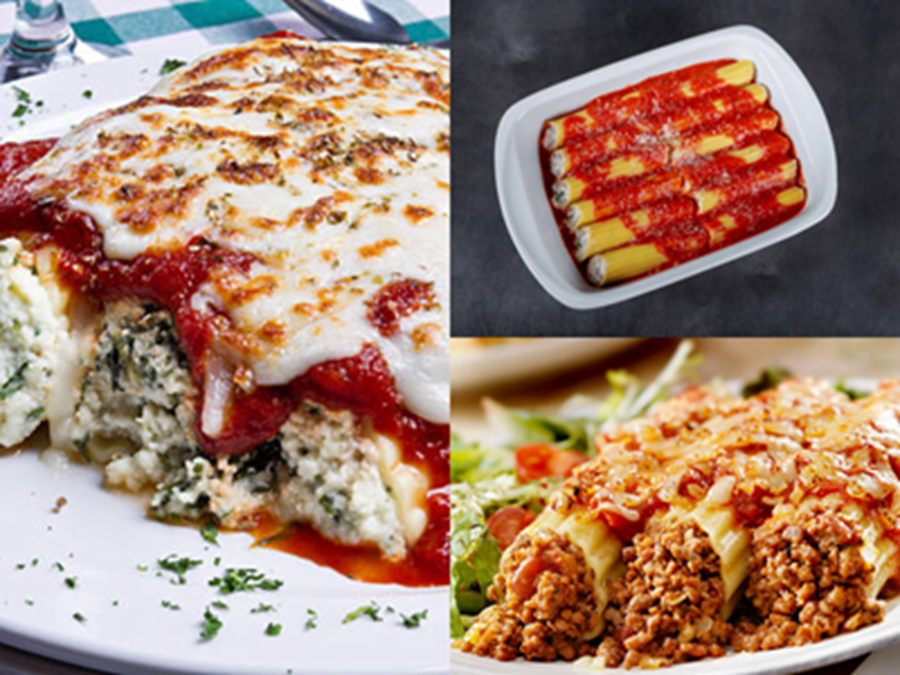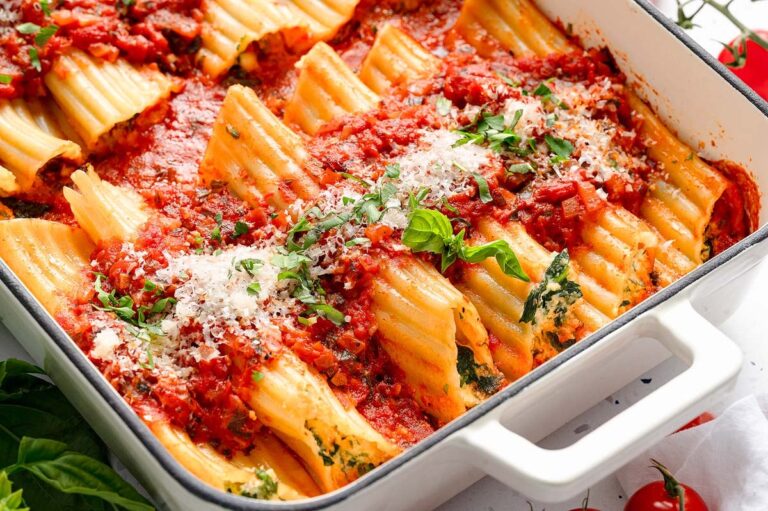Mannacote vs Manicotti vs Cannelloni: Key Differences Explained
Introduction
Italian cuisine is famous for its variety of pasta dishes, each with a unique story and preparation. Among the most debated are Mannacote, Manicotti, and Cannelloni. While they may look similar—large pasta tubes filled with delicious fillings—each has its own history, texture, and flavor traditions. Understanding their differences helps us appreciate the diversity of Italian cooking and choose the right dish for the right occasion.
What Is Mannacote?
Origins of Mannacote
Mannacote, often seen as a regional variation of baked pasta, comes from Italy’s long tradition of stuffed pasta dishes. It emphasizes versatility, allowing fillings of cheese, vegetables, or meat depending on the region and family tradition.
Mannacote’s Distinct Character
Unlike some similar pasta types, Mannacote often has a rustic feel. The dish is not tied to a single recipe but instead reflects adaptability, making it perfect for everyday meals as well as celebrations.
What Is Manicotti?
Italian-American Evolution
Manicotti, which translates to “little sleeves” in Italian, gained popularity in Italian-American cuisine. While inspired by Mannacote and cannelloni, Manicotti often uses slightly larger, ridged pasta tubes, making them easier to fill.
Common Fillings and Sauces
Typical fillings include ricotta cheese, spinach, and sometimes ground beef. It is usually topped with marinara sauce and mozzarella, giving it a rich, comforting flavor widely loved in the United States.
What Is Cannelloni?
Traditional Italian Dish
Cannelloni originates directly from southern Italy and is considered the more traditional counterpart. The tubes are smooth and often filled with minced meat, ricotta, and herbs, then baked with tomato or béchamel sauce.
Cannelloni in Italian Culture
Unlike Manicotti, which became more Americanized, Cannelloni remains a classic in Italy, often served during holidays and special occasions. Its preparation highlights Italian culinary refinement.
Key Differences Between Mannacote, Manicotti, and Cannelloni
Shape and Texture
- Mannacote: Rustic, versatile, and not tied to one specific pasta shape.
- Manicotti: Usually ridged tubes, slightly larger, common in the U.S.
- Cannelloni: Smooth tubes, traditional in Italy, usually made from fresh pasta sheets.
Cultural Identity
- Mannacote: Represents adaptability and family traditions.
- Manicotti: Strongly tied to Italian-American cuisine.
- Cannelloni: Deeply rooted in Italian holiday and festive cooking.
Preparation Styles
- Mannacote: Flexible—cheese, vegetables, or meats.
- Manicotti: Heavier cheese-based fillings, baked with marinara.
- Cannelloni: Balanced fillings with béchamel or tomato sauce.
Conclusion
Although Mannacote, Manicotti, and Cannelloni may look similar at first glance, each has its own identity. Mannacote is the versatile Italian dish, Manicotti is the Italian-American favorite, and Cannelloni is the traditional classic. Together, they showcase the richness of Italian and Italian-American food culture. Knowing their differences not only helps in the kitchen but also deepens our appreciation for pasta’s role in history and tradition.
FAQs
Q1: Is Mannacote the same as Manicotti?
No, Mannacote is more traditional and versatile, while Manicotti is an Italian-American version with larger, ridged tubes.
Q2: Which is older—Cannelloni or Manicotti?
Cannelloni is older, with roots in Italy, while Manicotti became popular later among Italian immigrants in America.
Q3: Can Mannacote use the same fillings as Cannelloni?
Yes, both can use cheese, spinach, or meat, but Mannacote is more flexible with regional adaptations.
Q4: Why is Manicotti more common in the U.S.?
Because Italian immigrants adapted the dish to available ingredients, creating a heartier, cheese-rich version.
Q5: Which dish is best for holidays?
Cannelloni is often served during Italian holidays, while Manicotti and Mannacote are more common in family gatherings.






